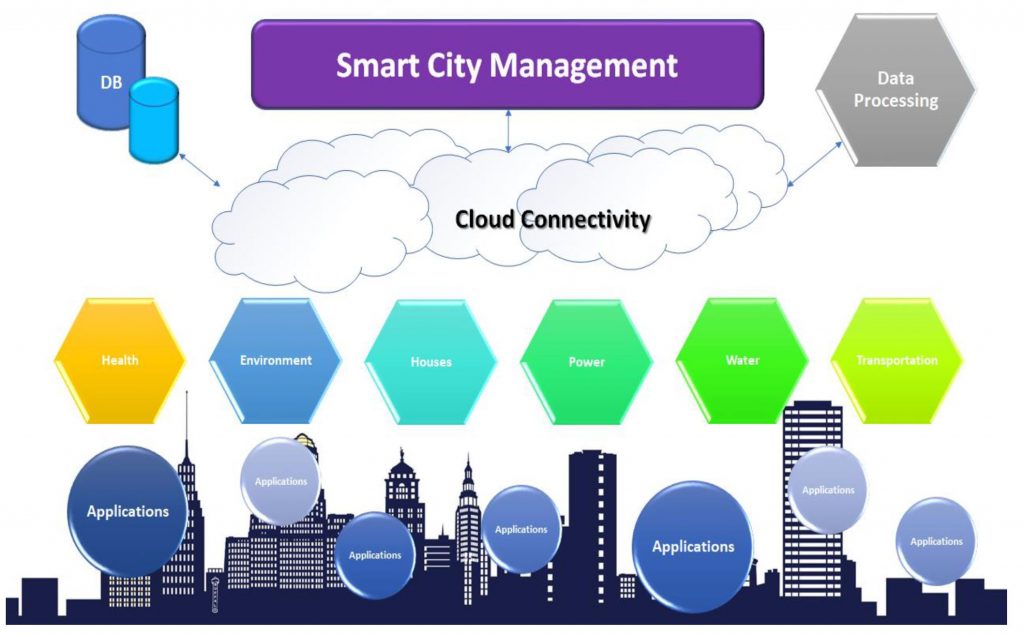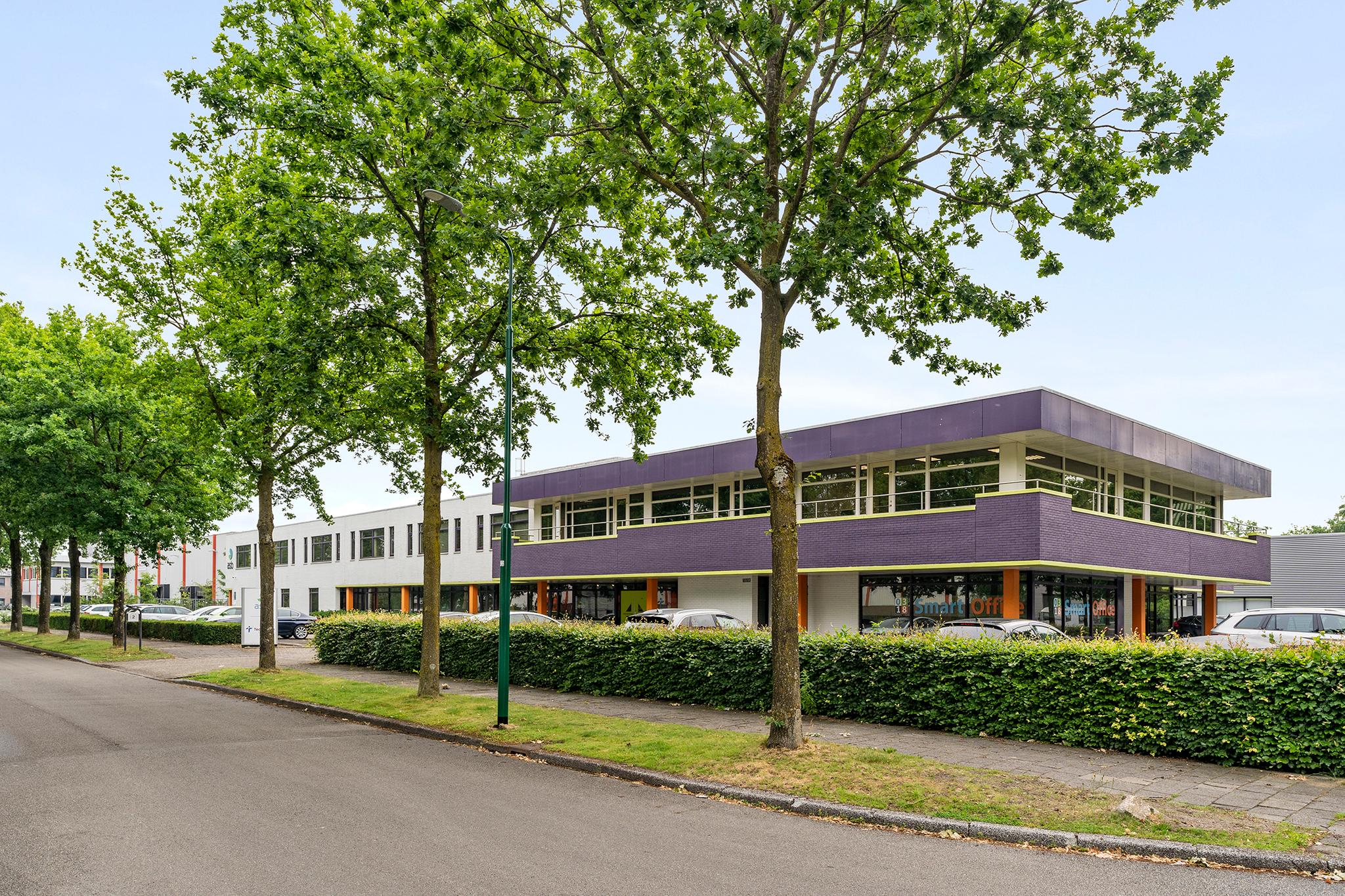A Thesis by
Hazem Mohamed Tag Noshawi Youssef
Regina, Saskatchewan
May, 2019
Introduction
Connected Autonomous Vehicles (CAV) industry is expected to grow rapidly in the upcoming years. Many enterprises will need to adapt new techniques to be able to participate in CAV growth. Although some manufacturers promise high level of automation by 2025, the needed infrastructure investment will take longer time due to the huge investments’ capital and the time needed for constructions. CAV will need to continuously communicate with their surroundings in order to guarantee efficient and safe trips. One of the main communicating methods is Vehicle to Infrastructure, which mainly depends on Roadside Equipment in North America.

There’s a need to give decision makers best possible information to help them make investment decisions and define risks. Profit and Loss analysis is not enough because it doesn’t cover operational design, value creation, or value exchange in the business ecosystem. A sound knowledge of business operations through business modeling will allow business owners to take proper investment decisions and perform proper risk identification and consequently, choose the appropriate risk management strategies.
Traditional business modeling techniques are insufficient to cope with elements of CAV and investment decisions. Supply Chain Operating Reference (SCOR), Value Network Analysis (VNA), Value Reference Model (VRM), and e3Value were all specific business modeling techniques which targeted supply chain or economic values. The Value Management Modeling Language (VDML) is a superior approach because it addressed value creation and value exchange in the ecosystem and provided deep understanding of business operations. Road owners need VDML business modeling to study the possibility of making their roads ready for Connected Autonomous Vehicles (CAV) operations. No previous modeling attempts were made for this purpose. Also, to reduce service development risks, business owners will need to guarantee alignment and reduce service development time and cost.
In this research a methodology has been suggested to use the VDML based Strategyplanner of VDMbee to assist the road owners in their decision and allow them to perform risk identification and take investment decisions. The model was validated against previous years’ financial data of 407ETR as an example of a road owner and was projected to four years of operations. Using the Unified Modeling Language (UML) for service development achieves intracompany alignment which reduces service development risks. The VMP tool did not produce UML use case diagrams, therefore, a tool has been developed to supply VMP-based UML use case diagrams.
Keywords: CAV, VDML, VMP, RSE, DSRC, UML, Road Owner, Decision-Making, Risk Identification.
You can download this research paper.

